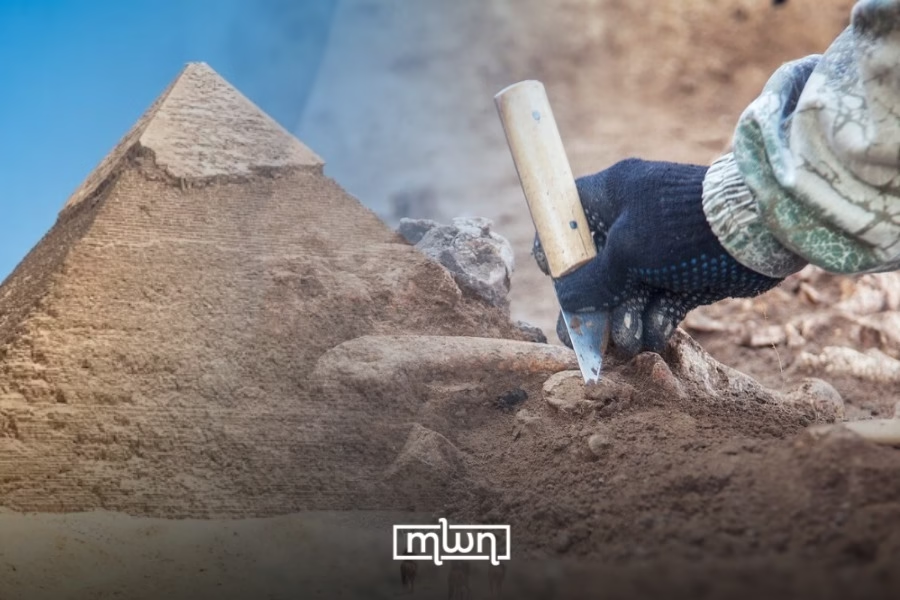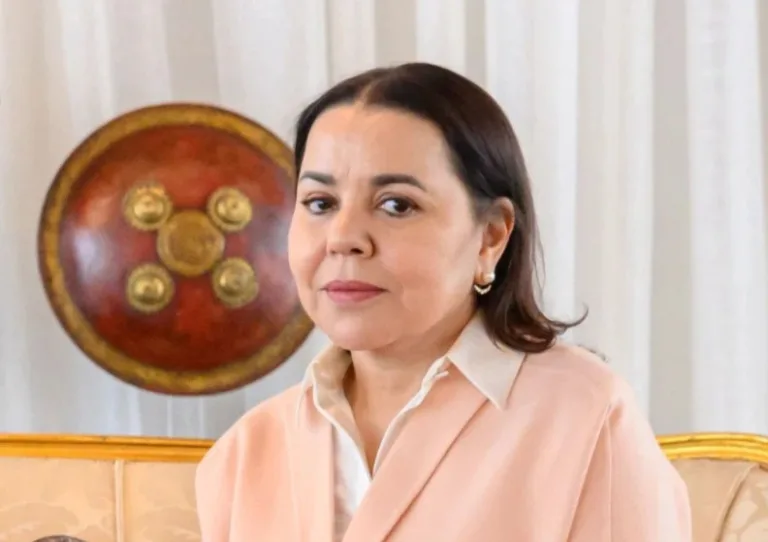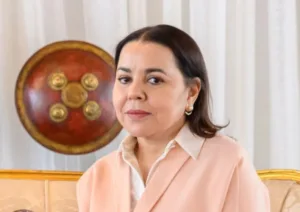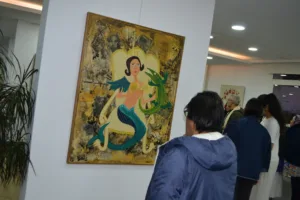For the first time, scientists have decoded the full genome of an ancient Egyptian, who has surprising Moroccan origins.
Fez– For the first time, scientists have managed to decode the full genome of an ancient Egyptian man who lived 4,600 years ago, only to discover that nearly 80% of his genetic ancestry traces back to Neolithic Morocco.
A breakthrough like this doesn’t just reshape our understanding of North African history, it rewrites entire chapters of early Mediterranean civilization.
Published on July 2, 2025, in the journal “Nature”, this groundbreaking study was carried out by a joint British-French research team.
Because Egypt’s heat and humidity typically destroy DNA over time, genetic research on ancient Egyptian remains is notoriously difficult. But this time, luck and preservation conditions aligned perfectly.
The man’s body was originally unearthed in 1902 in Nuwayrat, 265 kilometers south of Cairo. It was placed inside a sealed funerary jar and buried within a rock-cut tomb. a burial practice reserved for Egypt’s elite.
This setup protected the remains from environmental damage for millennia. The body was later sent to the University of Liverpool’s Institute of Archaeology and then moved to the World Museum.
But only now, over a century later, has science advanced enough to unlock its genetic secrets.
Ready for the most surprising revelation?
Around 80% of the man’s DNA points directly to Neolithic populations from Morocco. This confirms what archaeology and bioanthropology have hinted at for years: North Africa, particularly the Maghreb, played a central role in shaping early Mediterranean societies.
Recent studies had already suggested the presence of a significant prehistoric agricultural society in northwest Africa; one comparable in importance to ancient Troy.
This discovery provides the first direct genetic evidence supporting that theory.
But Morocco wasn’t the only connection. The man’s DNA also revealed strong links to Neolithic Mesopotamia, in what is now Iraq.
That means migration and movement between Egypt and Mesopotamia happened much earlier, and more frequently, than previously thought.
These weren’t just trade routes; they were migration routes. People moved, settled, and left traces in each other’s cultures and bloodlines.
Anthropologically, the man was between 44 and 64 years old when he died, likely stood around 1.60 meters tall, and showed signs of arthritis and muscle wear consistent with long hours in a seated position.
Researchers speculate he might have been a craftsman, perhaps a potter. But that leads to a puzzle: potters weren’t usually buried with elite funerary rites.
So either this man was exceptionally talented, or he rose socially during his lifetime, something rare and notable for the period.
As Professor Joel Irish of Liverpool John Moores University, a lead anthropologist on the study, put it: “His burial treatment doesn’t match his presumed profession. That suggests either extraordinary skill or significant upward mobility.”
Either way, this Moroccan-rooted Egyptian has cracked open a long-forgotten door into a prehistoric Mediterranean we’re only just beginning to understand.
















